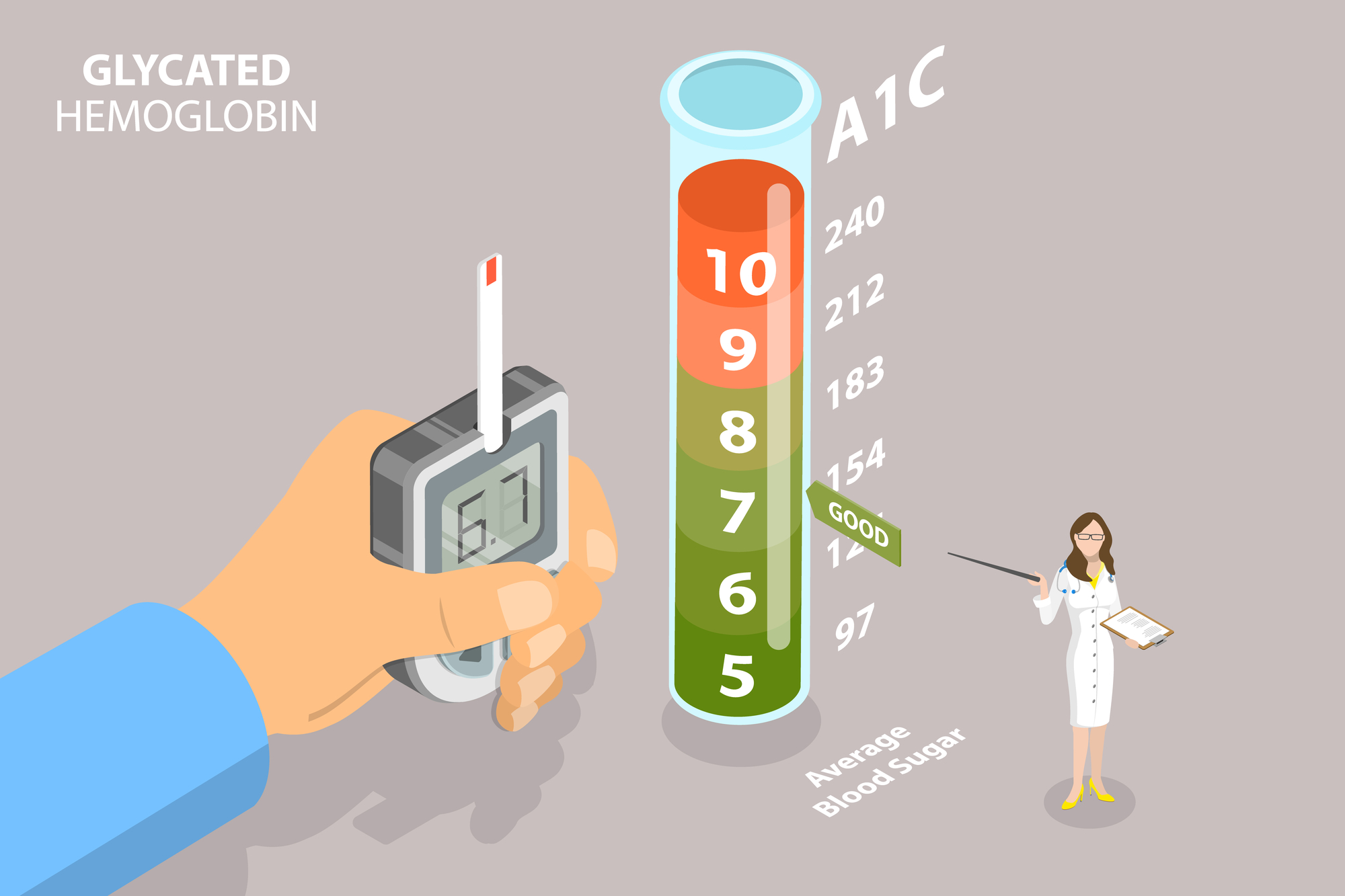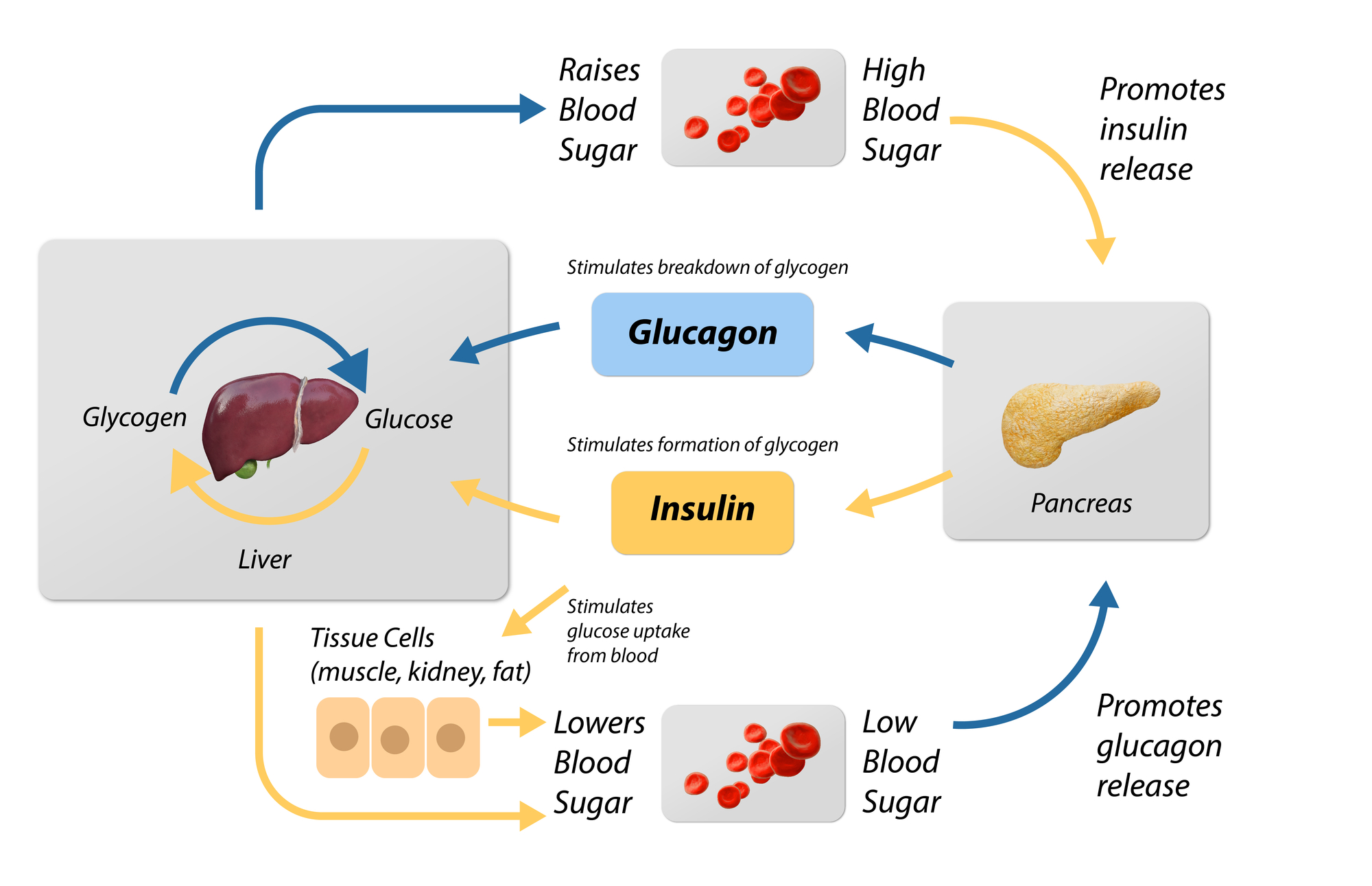What are ideal blood sugar levels?
Deciding what ideal blood sugar levels are depends on the person and the age because we are all so different, but we have overall guidelines for ideal averages for a point of reference.
The first place to start is by seeing your doctor and getting an A1C test. This will help you know where you're at with your health concerning blood sugar.

The A1C test is a blood sugar test that will show you and your doctor the direction you need to go from that point on. You might be nondiabetic, prediabetic or all out diabetic. This test should be done early in life for those with hereditary diabetes in the family. Every adult should be tested before they hit midlife though.

The American Diabetes Association has determined that nondiabetic people will have an A1C lower than 5.7. A prediabetic person will be between 5.7 and 6.5. A diabetic person will be 6.5 and above.
Normal 5.6-
Prediabetic 5.7-6.4
Diabetic 6.5+
The A1C test is an overall view of where you are health wise. It's very different than the blood glucose count you get from a CGM. A CGM is a temporary view of what your levels are doing at that moment. These temporary numbers eventually add up to make up your overall health.
Our bodies rely on even amounts of sugar in the bloodstream used for energy. Everything we eat breaks down to be used for either energy or cell replacement. Carbohydrates are used for energy. Protein and fat can also be used for energy if carbs aren't available, but most of the time carbs are the fastest source for energy. The pancreas determines how much sugar is in the blood and it counteracts excessive amounts by releasing insulin. Insulin controls and regulates sugar in the blood.

For a person without diabetes of average age, the ideal blood sugar levels are:
Fasting -- 99 or below.
Full -- 140 or below
With a CGM, we can monitor blood levels constantly all through the day and even throughout the night. Most CGMs are constantly submitting data to a phone or other device while we sleep.